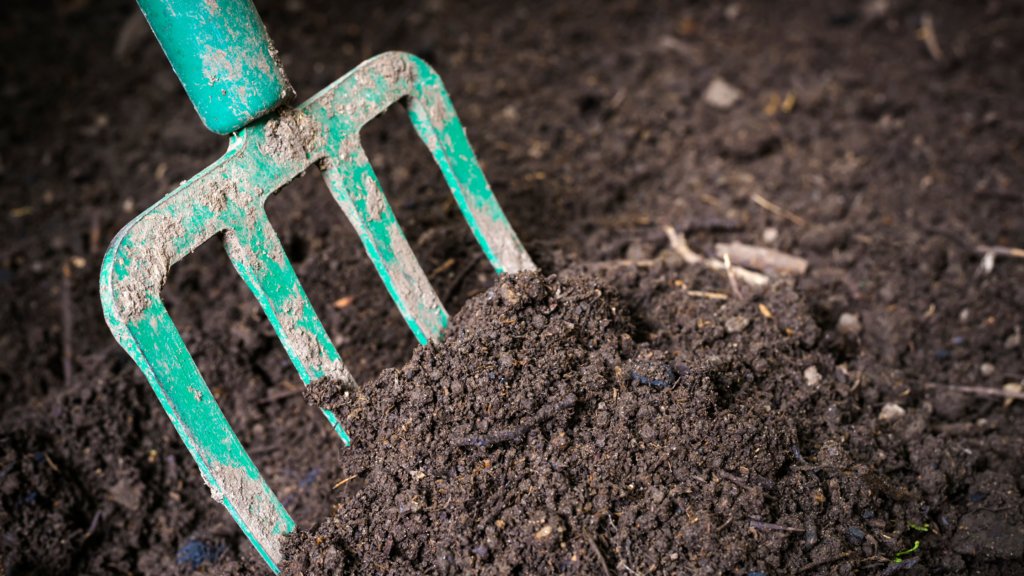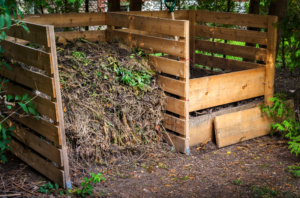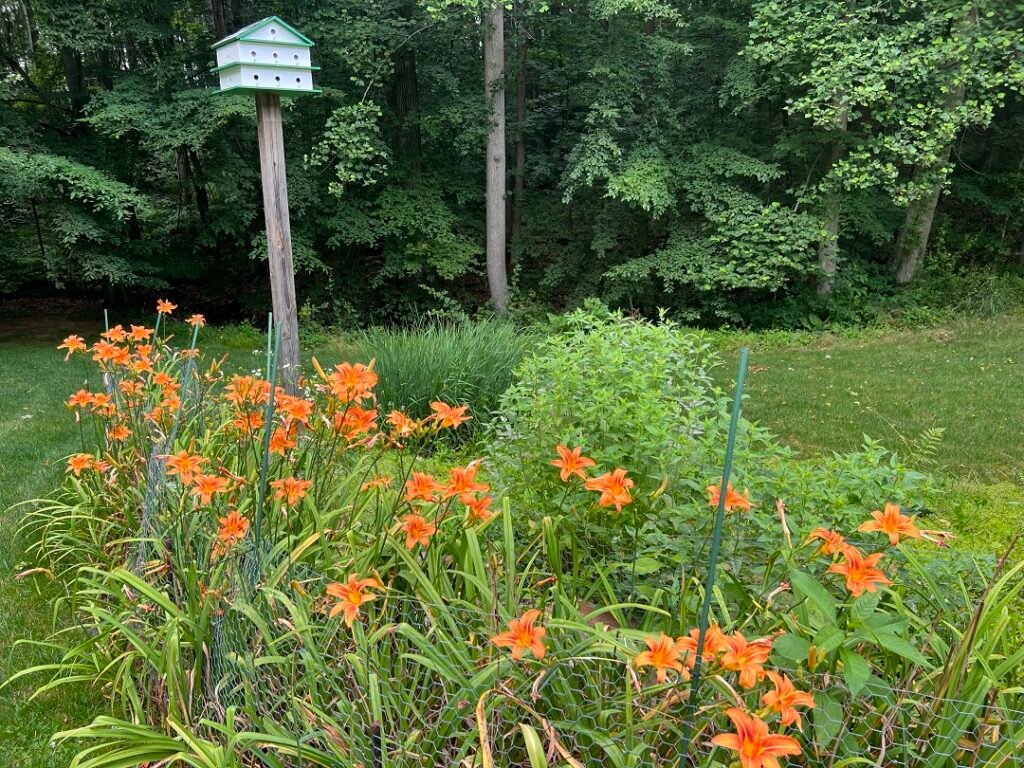Composting is a sustainable and eco-friendly way to enrich your garden’s soil, reduce waste, and grow healthy, thriving plants. In this comprehensive guide, we’ll explore compost gardening techniques that can turn your kitchen scraps into nutrient-rich garden gold. Whether you’re a beginner or an experienced gardener, you’ll find valuable insights to elevate your composting game and achieve remarkable results in your garden.
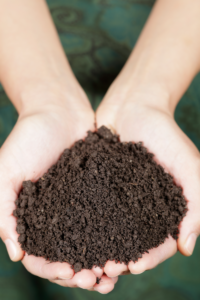
Section 1: Understanding Composting Basics
What is Compost? Compost is a nutrient-rich, dark, and crumbly material created by decomposing organic matter. It serves as a natural fertilizer and soil conditioner, enhancing your garden’s health.
Why Compost in Gardening? Compost improves soil structure, enriches it with essential nutrients, and enhances its water retention capacity. This, in turn, promotes robust plant growth and higher yields.
Section 2: Getting Started with Composting
Materials You Need for Composting To start composting, you’ll need basic materials like a compost bin, organic matter (greens and browns), air, and water. Gather these essentials before you begin.
Choosing the Right Location for Composting Select a suitable spot in your garden for your compost pile or bin. Ensure it’s well-drained and receives adequate sunlight to aid the decomposition process.
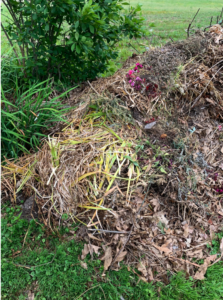
Section 3: Types of Composting Methods
Traditional Composting Techniques This method involves creating a compost pile and letting it decompose naturally over time. It’s a low-maintenance approach ideal for large gardens.
Vermicomposting (Worm Composting) Learn how to use worms to break down kitchen scraps efficiently. This method is excellent for smaller spaces like apartments or balconies.
Hot Composting Strategies Explore the faster decomposition process of hot composting, which can yield compost in as little as a few months. It’s perfect for gardeners looking for quicker results.
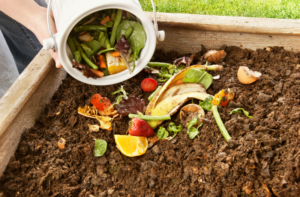
Section 4: What to Compost and What to Avoid
Green vs. Brown Materials for Composting Understand the difference between green (nitrogen-rich) and brown (carbon-rich) materials and their essential roles in composting.
What to Compost in Your Garden Discover a wide range of keywords, including kitchen scraps, yard waste, and other organic materials that can go into your compost pile.
What Not to Compost Learn about items like meat, dairy, and diseased plants that should be avoided to prevent problems in your compost.
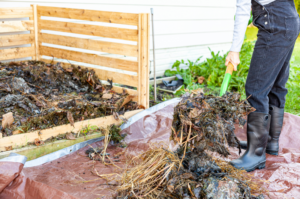
Section 5: Composting Tips and Techniques
Balancing Act: Carbon to Nitrogen Ratio for Composting Achieving the right balance of carbon and nitrogen is key to effective composting. Learn how to maintain this balance for optimal results.
Turning and Aerating Your Compost Regularly turn and aerate your compost pile to provide oxygen to decomposing microorganisms and speed up the process.
Maintaining Moisture Levels in Your Compost Discover the importance of keeping your compost pile adequately moist but not waterlogged to facilitate decomposition.
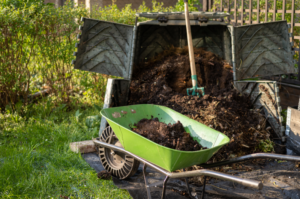
Section 6: Harvesting and Using Compost
Signs Your Compost is Ready for Your Garden Identify the indicators that your compost is fully decomposed and ready for use.
Harvesting Compost for Gardening Learn how to collect the finished compost and sift it to remove any remaining debris.
Applying Compost to the Garden Soil Explore various methods of incorporating compost into your garden soil to enhance its fertility.
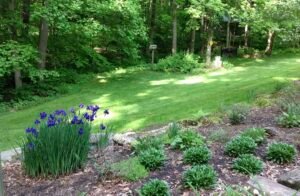
Conclusion:
Incorporating composting techniques into your gardening routine can lead to healthier, more productive plants and a more sustainable garden. Start composting today and watch your garden thrive while reducing waste and benefiting the environment.
Remember, gardening is an ongoing journey, and every investment in nurturing your garden pays dividends in the form of vibrant growth and fulfillment. Here’s to your joyful and fruitful gardening adventure!
Happy gardening!

